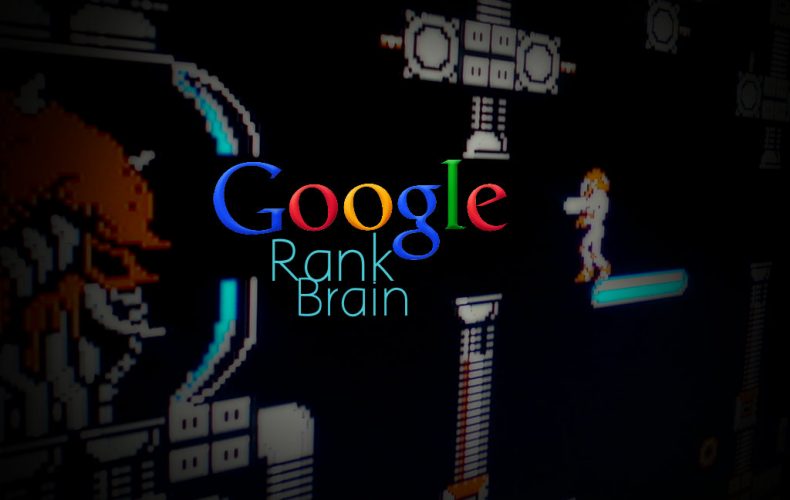October 26th, 2015 Google confirmed the existence of an additional component to its already complex algorithm core. Google RankBrain now takes a much closer look at a person’s search query by running queries through an interpretation model that applies factors like location of the searcher, personalization, and the words of the query to determine more closely the searcher’s search intent.
Not since Hummingbird have we paid this much attention to the content of our website’s design, Content Structure, Brand Messaging and how it relates to how we are representing ourselves via our online businesses.
RankBrain is really just Google taking the next evolutionary step in better understanding what people are searching for and delivering the most pertinent and useful content.
Wizard of Moz Rand Fishkin emphasizes the need for SEOs at every level to understand three essential concepts in the RankBrain environment:
1. Different rankings signals apply to different queries
Pre-RankBrain, it might have been appropriate to assess website page optimization by evaluating all traditional signals (link diversity, content depth, keyword matching, etc.). Post-RankBrain, SEOs need to determine the type of content that best serves users’ needs. For something like a sudden hurricane, you’re going to count on freshness much more than the links a piece might have accrued. For something like the history of Indigenous American music, you’ll be relying on content depth, and possibly related topics your domain covers, signaling authority. Know that the machine learning algorithms that drive RankBrain are matching signals to query intent and that SEOs must do this, too.
2. Signals apply to your website’s reputation
SEO seeks to build your brand’s reputation as a resource trusted by search engines and human users for providing a specific experience. The benefits of establishing such a reputation can include ranking well for the keywords most important to you. Does your brand need to build its reputation on freshness, depth, diversity of earned links, high user engagement, or other signals? The answer depends on the topics you cover (e.g., real-time sporting events scores vs. an online course in learning the Spanish language). Do the searches you hope to rank for demand quick, brief answers or in-depth explorations? Over time, your domain must build a reputation based on the signals it wants to serve, realizing that RankBrain creates an environment in which your brand can become known for delivering a particular type of content that satisfies a particular need.
3. One-keyword-one-page is really, really dead
Likely, you already know that the practice of creating a page for “spatula,” another for “spatulas,” another for “kitchen spatula,” another for “pancake turner,” and another for “metal spatula” is a tired old horse that needs to be put out to pasture. Modern SEO would combine all of these phrases (and their associated URLs) into a single piece of thorough content that incorporates natural language, including variant keyword phrases that reflect the way humans search and speak. This is not new news for most alert SEOs, but the advent of RankBrain highlights the wisdom of focusing on total keyword concepts with comprehensive content, rather than breaking out multiple pages to cover variants like “widget” vs. “widgets.”
So taking all this into consideration the question still remains, what does this mean for your company’s content strategy?
Well, it’s quite simple, in 2017 one of the oldest adages in Digital Marketing still rings true:
But what we are learning is that Google is paying even closer attention to the semantics of what we are saying in our brand messaging and how we go about marketing ourselves.





Leave a Reply
You must be logged in to post a comment.